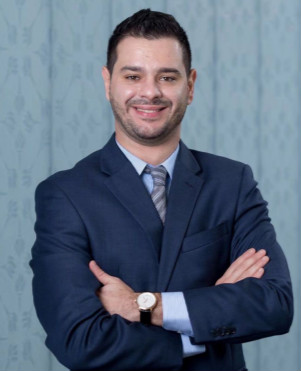
School of Computer Science and Technology at University of Science and Technology of China
Title: Learning in Cyberphysical Systems
Abstract: Cyberphysical Systems (CPS) are very large networks of “smart” devices (possessing sensing, communication, and computation capabilities), that control physical entities. Notable examples enlist Smart Cities, Smart Grids, Intelligent Transportation, Sensor Networks, and Swarm Robotics. This keynote talk will comprise two parts:
In the first part, we will present two methods for real-time learning in CPS: a) Sparse Kernel
Density Estimation (S-KDE), with application in online estimation of travel time densities in
transportation systems, and b) Sparse Matrix Decomposition (S-MD), applied to online detection and localization of forced oscillations in smart grids.
The second part will highlight the fundamental balance between data transformation and data
utility in machine learning. In Big Data applications, a key challenge lies in the fact that the data
are hardly ever available in their original form, e.g., due to compression, anonymization, encryption, or right protection. We will showcase methods for exact learning from inexact data, with provable fidelity guarantees, in specific: a) Optimal distance estimation of compressed data series b) Nearest Neighbor preserving watermarking c) Cluster preserving compression, and d) Distributed consensus on encrypted data.